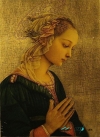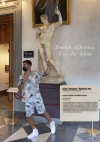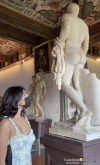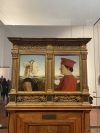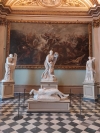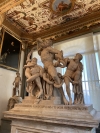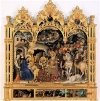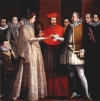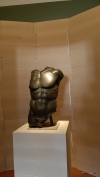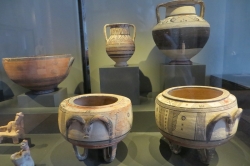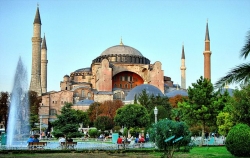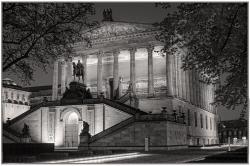ABOUT Uffizi
Galleria degli Uffizi is a palace and museum in Florence that contains one of the oldest and most famous art collections in the world. It is considered one of the most viewed tourist attractions in Florence and in 2015 it received almost two million visits, making it the most frequented art gallery in Italy.
The construction of the Uffizi Palace was started in 1560 by Giorgio Vasari, following orders from Cosimo I de Medici. Its initial purpose was to house the offices of the Florentine magistracies, once the Palazzo Vecchio became too small. From this function it derives its name from «Gallery of the Offices». The works were completed in 1581. For years, parts of the palace were used to store the pieces of art from the magnificent collection of the Medici family.
Faced with the extinction of the Medici dynasty in the 18th century, works of art ran the risk of being transferred to Vienna, as the Duchy of Florence became Austrian domain. However, the last Duchess Ana María had decreed the permanence of the collection in Florence by donating them in her will to the people of Florence, being the embryo of one of the first modern museums in the world. The gallery was open to requesting visitors during the 16th century and in 1765 it officially opened to the public as a museum.
Due to the magnitude of the collection, some works were transferred to other Florentine museums, such as the sculptures, to the Bargello Museum. Due to the limited exhibition space in the building, it was extended in 2006, and today there is a new extension proposal.
The construction of the Uffizi Palace was started in 1560 by Giorgio Vasari, following orders from Cosimo I de Medici. Its initial purpose was to house the offices of the Florentine magistracies, once the Palazzo Vecchio became too small. From this function it derives its name from «Gallery of the Offices». The works were completed in 1581. For years, parts of the palace were used to store the pieces of art from the magnificent collection of the Medici family.
Faced with the extinction of the Medici dynasty in the 18th century, works of art ran the risk of being transferred to Vienna, as the Duchy of Florence became Austrian domain. However, the last Duchess Ana María had decreed the permanence of the collection in Florence by donating them in her will to the people of Florence, being the embryo of one of the first modern museums in the world. The gallery was open to requesting visitors during the 16th century and in 1765 it officially opened to the public as a museum.
Due to the magnitude of the collection, some works were transferred to other Florentine museums, such as the sculptures, to the Bargello Museum. Due to the limited exhibition space in the building, it was extended in 2006, and today there is a new extension proposal.
The Best Pictures of Uffizi
Videos of Uffizi















